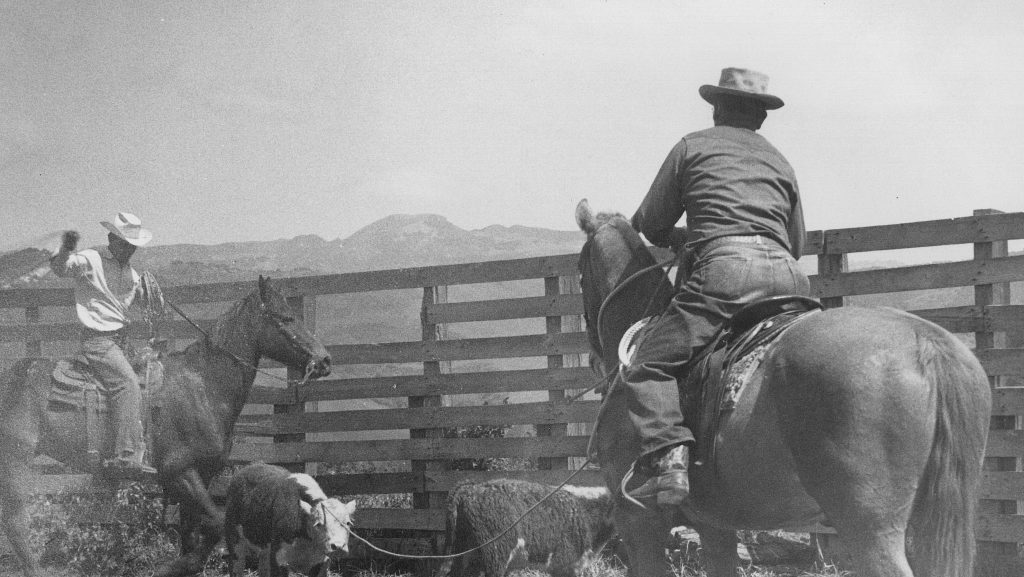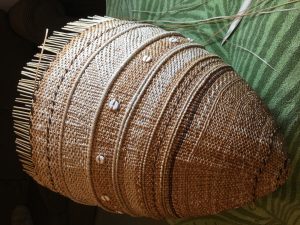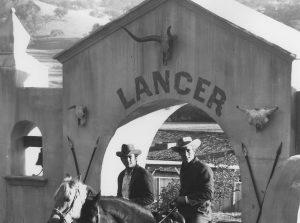
History of the Rancho San Carlos
 For centuries, Central California was home of the Rumsen Ohlone tribe, indigenous Californians whose territory ranged from the San Francisco Bay area south to Monterey Bay and east into Salinas Valley. The Rumsen Ohlone territory extended into the Carmel River area, and one of their villages, Echilat, was located on The Preserve for 1,500 years. The village of Echilat experienced ongoing conflict with the nearby Essalen tribe with disputes over hunting grounds and crops. With the arrival of the Spanish Mission, the Rumsen people supported missionaries by sharing their forage and cultivation knowledge. The village of Echilat joined the Spanish Mission in the late 1700’s, leading to displacement and servitude of indigenous Rumsen. Displaced and nearly eradicated by the Spanish Missions, Rumsen tradtions were thought to have been lost and the people extinct; revitalization efforts are resurrecting cultural and traditions and language.
For centuries, Central California was home of the Rumsen Ohlone tribe, indigenous Californians whose territory ranged from the San Francisco Bay area south to Monterey Bay and east into Salinas Valley. The Rumsen Ohlone territory extended into the Carmel River area, and one of their villages, Echilat, was located on The Preserve for 1,500 years. The village of Echilat experienced ongoing conflict with the nearby Essalen tribe with disputes over hunting grounds and crops. With the arrival of the Spanish Mission, the Rumsen people supported missionaries by sharing their forage and cultivation knowledge. The village of Echilat joined the Spanish Mission in the late 1700’s, leading to displacement and servitude of indigenous Rumsen. Displaced and nearly eradicated by the Spanish Missions, Rumsen tradtions were thought to have been lost and the people extinct; revitalization efforts are resurrecting cultural and traditions and language.
 Following Mexican independence in 1821, the secularization movement led to the conversion of Mission lands to large land grants. Two Mexican Land Grants: El Potrero San Carlos and The San Francisquito made up the property of the present day Santa Lucia Preserve.
Following Mexican independence in 1821, the secularization movement led to the conversion of Mission lands to large land grants. Two Mexican Land Grants: El Potrero San Carlos and The San Francisquito made up the property of the present day Santa Lucia Preserve.
Ownership of these parcels transferred hands several times before being consolidated into one expansive property. In the late 1800’s, James Sargent of New Hampshire acquired the two parcels which became a cattle ranch named San Francisquito y San Carlos, under the ownership of his brother Bradley Sargent.
In 1924, George Gordon Moore purchased the ranch from Sargent’s heirs and renamed the land Rancho San Carlos. Under Moore’s ownership, Rancho San Carlos was a getaway for elites who came to enjoy the luxury of his rural rancho. Extravagant estates were common among entrepreneurs and industrialists during that era, and Moore’s Hispanic Rancho was a luxury retreat in the style of a Hispanic rancho. Moore is responsible for the construction of the Hacienda,  Moores Lake, and the proliferation of wild boar on The Preserve which he imported for sport hunting.
Moores Lake, and the proliferation of wild boar on The Preserve which he imported for sport hunting.
With the Great Depression came an end to the Moore era at Rancho San Carlos. In 1939, Arthur C. Oppenheimer acquired the property. The ranch once again became a working cattle ranch and was known for producing quality beef. In addition to commercial ranching, at this time Rancho San Carlos was the backdrop of a weekly TV series, commercials, and films. The Oppenheimer’s sold the property in 1990 after a half-century of ownership and the land was purchased by the Santa Lucia Partnership and with thoughtful development planning became the Santa Lucia Preserve.